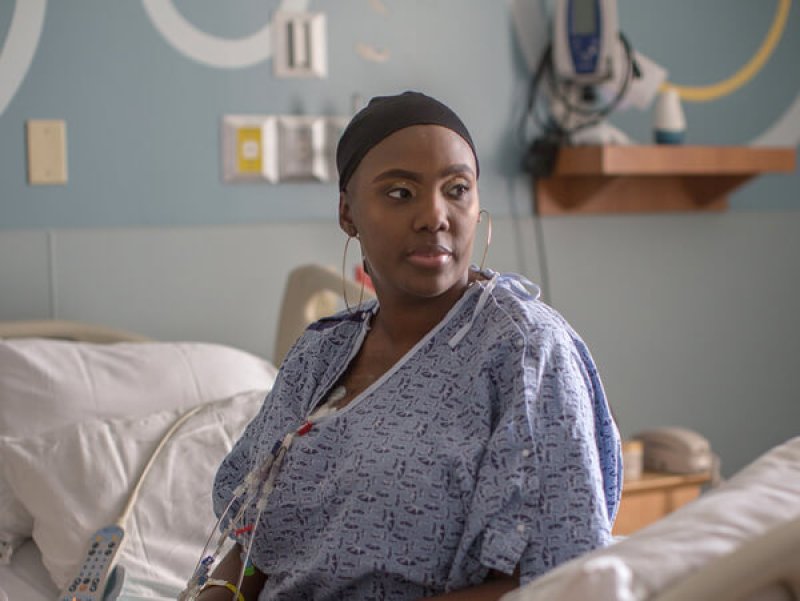Sickle cell anemia and thalassemia are genetic diseases that result in the production of anomalous hemoglobin (protein that carries oxygen) and deformed red blood cells. There is no cure for these ailments, but ten patients who have had their genes edited are on their way to get rid of them, thanks to the Clustered Regularly Interspaced Short Palindromic Repeats technique or CRISPR.
“It is possible to edit human cells and safely infuse them in patients; this treatment has totally changed their lives,” said haematologist Haydar Frangoul of the Sarah Cannon Research Institute. He is the doctor accompanying the study’s first volunteer, the housewife and mother of three children Victoria Gray.
…
The work consisted of activating the generation of fetal hemoglobin, which is still produced in the womb and which results in healthy red blood cells. When the baby is born, the gene turns off and, in patients with thalassemia and sickle cell anemia, the result is the production of anomalous hemoglobin.
To receive the stem cells edited by CRISPR, patients first had to go through a painful stage: numerous rounds of chemotherapy… After all the stem cells that produced the anomalous hemoglobin were destroyed, those edited were infused into the patients to reproduce and manufacture fetal hemoglobin.































